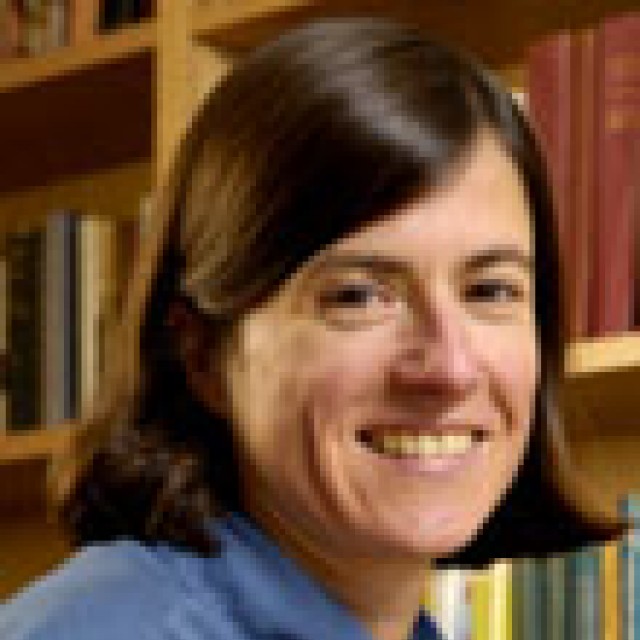Patricia Hayes
Responsibilities:
Assistant to the Chair
Faculty Recruitment
Seminars & Departmental Events
Conference Room reservations
Hotel Reservations
Office and Lab keys
Dry Ice & Liquid Nitrogen Orders
Pilar Frankowicz
Responsibilities:
Faculty/ Postdoc recruitment
Faculty/ Postdoc appointments, reappointments, promotions
Faculty/ Postdoc onboarding and department orientations
Farrah Jensen
Responsibilities:
MGCB Budget & Operations
Building Access
Compliance
Ilaria Rebay, PhD
Professor, Ben May Department for Cancer Research
Committee on Cancer Biology; Committee on Development, Regeneration & Stem Cell Biology
Committee on Genetics, Genomics & Systems Biology; Committee on Cell & Molecular Biology
Douglas Bishop, PhD
Professor, Department of Radiation and Cellular Oncology
Committee on Cancer Biology
Committee on Genetics, Genomics & Systems Biology
Molecular Genetics and Cell Biology
Research Summary
Homologous recombination of DNA repairs DNA damage and also creates the physical connections between chromosomes needed for reductional chromosome segregation during meiosis. We study two recombination proteins, Dmc1 and Rad51 that are related to the bacterial repair protein, RecA. The mechanisms of recombinational repair of damage induced double strand breaks in DNA (DSBs) and the mechanism of meiotic recombination are very closely related in terms of the DNA intermediates that form; DSBs are normal intermediates in most or all meiotic recombination.
There are, however critical differences in how meiotic recombination is regulated as compared to mitotic recombinational repair. Our research is directed at understanding how Dmc1's function is specialized for meiosis, how the functions of Rad51 and Dmc1 differ, how the two proteins interact with one another during meiosis, and how the two proteins interact with components of the synaptonemal complex. Our studies have shown that while the functions of Rad51 and Dmc1 overlap, they are also functionally distinct.
Using biochemical techniques we recently showed that, like yeast Rad51 protein, yeast Dmc1 protein promotes strand exchange. These results open the door to future efforts to reconstitute regulated homologous recombination reactions in vitro. We were first to show that recombination proteins can be detected at multiple subnuclear sites during recombination using immunostaining techniques. We have used this method to identify proteins required for recruitment of recombinase to double strand break sites in mitotic and meiotic cells. Among such regulators is the breast cancer susceptibility gene BRCA1. We have shown that BRCA1 promotes recombinase assembly and we are currently working to determine the mechanism through which BRCA1 mediates this effect.




